The Long Way Forward
- motosynthesisph
- Dec 5, 2020
- 7 min read
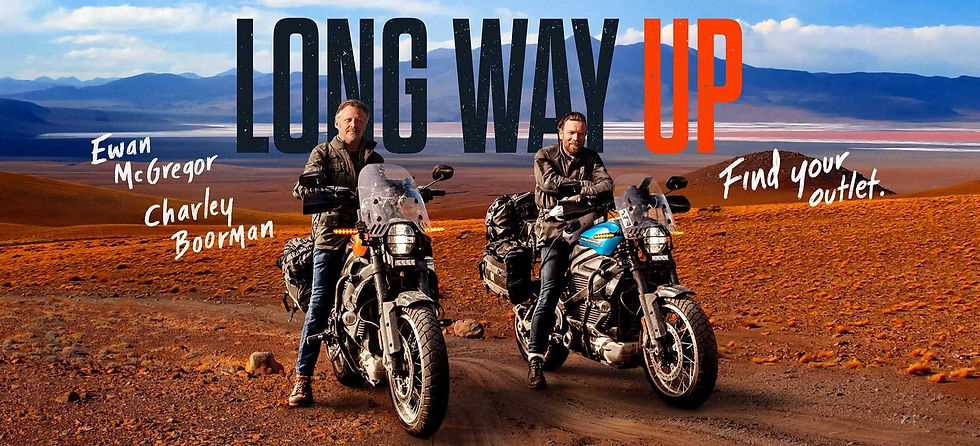
Ewan McGregor’s acting career is an illustrious, star-studded affair, with numerous accolades to him name. Ask Ewan though, and apart from Star Wars, he’d say his crowning achievement was a small adventure series called the Long Way Round, followed by the Long Way Down, and the recently concluded Long Way Up.

An avid motorcycle rider, McGregor’s Long Way Round series followed him and long time friend Charley Boorman on an adventure around the world, attempting to circumnavigate the world on a pair of Motorcycles. When it released, way back in 2004, the idea of adventure riding wasn’t a journey that spanned the globe, taking the better part of a year. It was mostly done over the course of a few weeks, maybe a month’s worth of riding through nice paved roads on big comfortable motorcycles. McGregor and Boorman changed the perception of adventure riding literally by riding through some of the harshest and most unforgiving terrain there was, and they did it on three BMW R1150GS adventure motorcycles.
Before then, the adventure motorcycle was a specialized piece of equipment that generally people stayed away from, but after that series, the adventure bike market practically quintupled in size, with riders of all ages watching the series with that longing for adventure and freedom – to travel to parts unknown with nothing but your gear and your wits to guide you back.
It became such a phenomenon that they did another series, called Long Way Down – a sequel to the original, airing in 2007. It followed their adventures from Scotland to Cape Town, South Africa, this time on BMW’s larger and more technologically advanced R1200GS.
In 2019, they did another trip, this time from Ushuaia, Argentina, to Los Angeles, in the United States, called the Long Way Up.
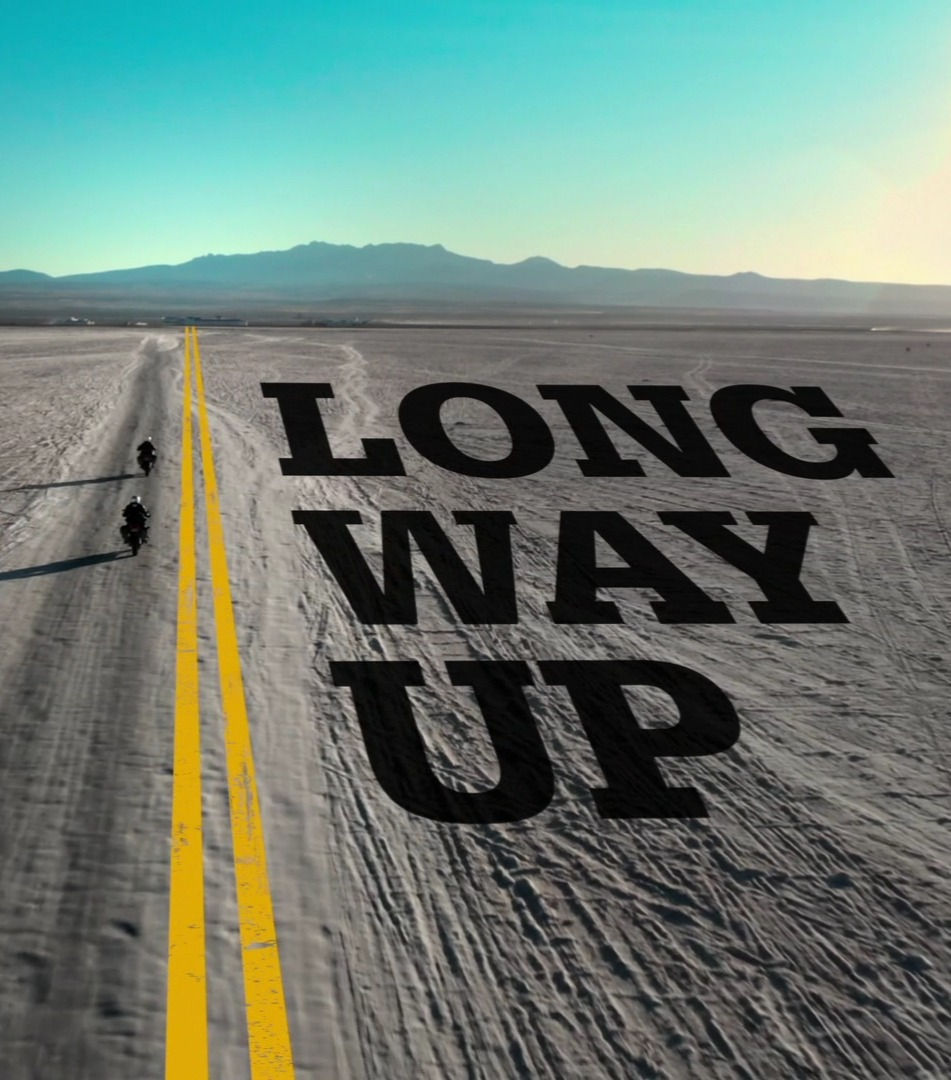
This time round was a little different, as it had been 10 years since they last did this kind of trip. Naturally, adding 10 years to your life means you won’t be as spritely as before, and your circumstances prevent you from doing certain things. In Charley Boorman’s case, the trip came right after he had two very bad falls on his motorcycle, breaking both of his legs, and effectively meaning he couldn’t ride like he used to. On top of this, both McGregor and Boorman are much older than they were before, and therefore got tired more often on the trip. But through sheer determination, both of them, along with their original crew, decided to push through with the trip.
Ewan McGregor, through the years, became something of a champion for renewable energy, and this spilled into Long Way Up. Instead of using fossil fueled vehicles, they had the ambitious goal of using Electric vehicles, not only as support vehicles, but even as their hero bikes.
At the time, though, electric vehicles were still in their infancy – they had only just become widely accepted as a viable replacement for the daily commuter, and you can’t exactly take your electric Fiat 500 on a 13,000 mile trip through the Americas. Still, their team came through and found a set of vehicles for the trip – 2 Rivian R1T Electric Pickup truck prototypes, and 2 Harley Davidson Livewire prototypes. Note: Prototypes.
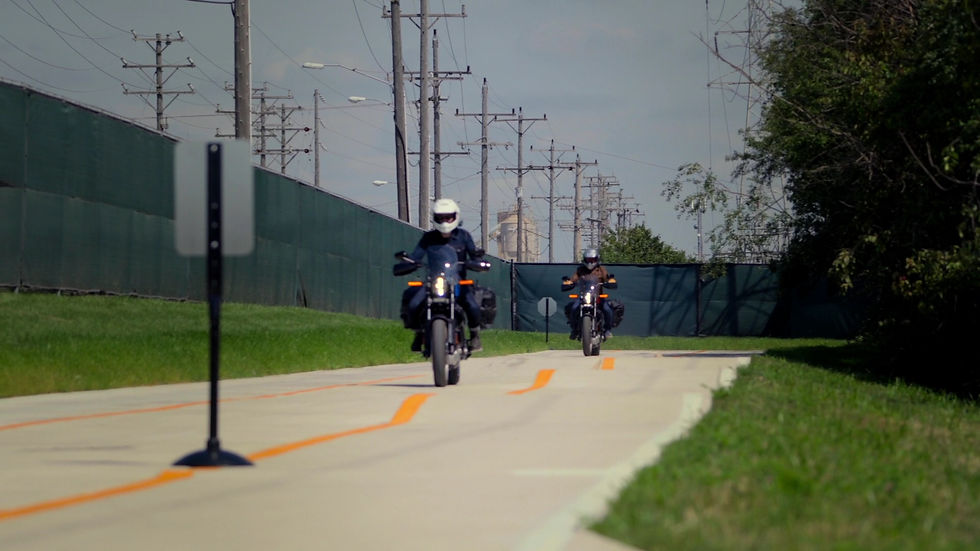
At the time of filming, these vehicles hadn’t even been cleared for production yet, but they were about to undergo the most arduous type of torture testing available.
For most fans of the series, you might feel a little odd watching the Long Way Up. It may not be quite as apparent at first, but it becomes blazingly obvious by the third episode – the production this time had a much larger budget.
Back in 2004 and 2007, Ewan and Charley, together with cameraman Claudio von Plata, would stay in Hotels where possible, but more often than not would camp because of long stretches of the trip, where staying in a Hotel was impossible. The reason for this was because a huge chunk of the world had yet to be explored – getting to these locations even by plane was sometimes too difficult, let alone by an as-yet nonexistent road.
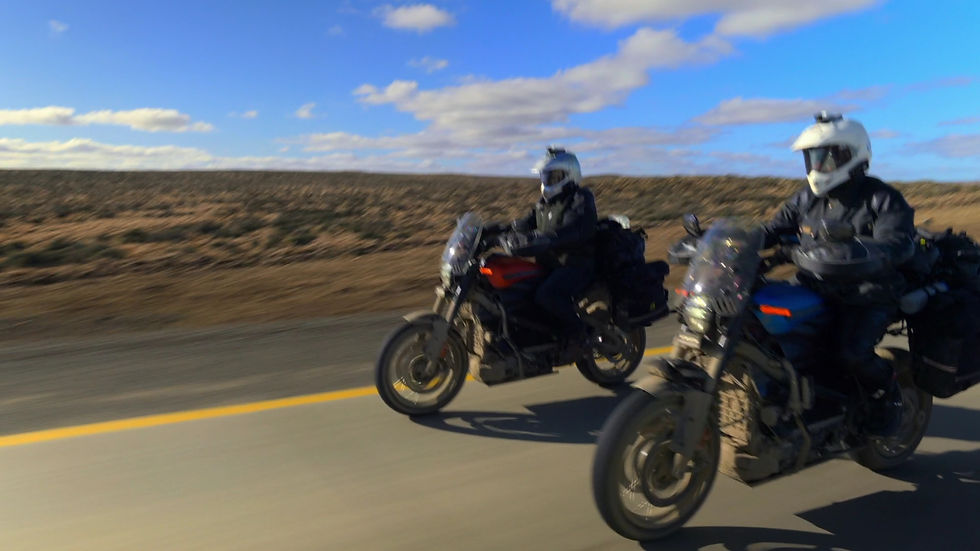
It becomes even more apparent that the “adventure” is different when you see how they’re going about it: They’re sticking to a pre-existing road network. They’re not trailblazing anymore.
I’m going to go out on a limb and say that for many, the final nail in the coffin was how they traveled through Mexico. As impartial as I am, I can’t in good faith call that part adventure riding.
But, I’d like to pose a counter-argument: Of course they can’t do the trip the same way as they did all those years ago!

First and foremost, the world is more connected now than it was 10 to 15 years ago. Roads have become better, and communities are much more connected. Travelling between these remote locations is more possible than it was in the early 00’s simply because infrastructure constantly changes to keep up with demand. It is childish to complain that they’re no longer trailblazing, because why would you blaze a trail beside a finished road? In simpler terms, why make life difficult for yourself?
Secondly, Ewan and Charley are, at best, 50 years old now. They did the original Long Way Round when they were in their 30’s. They may say that life starts at 50, but that doesn’t change the fact that they can’t do the same things they did when they were 35, and expecting them to do the same kind of adventurous things they did back then is akin to asking fish to climb a tree.
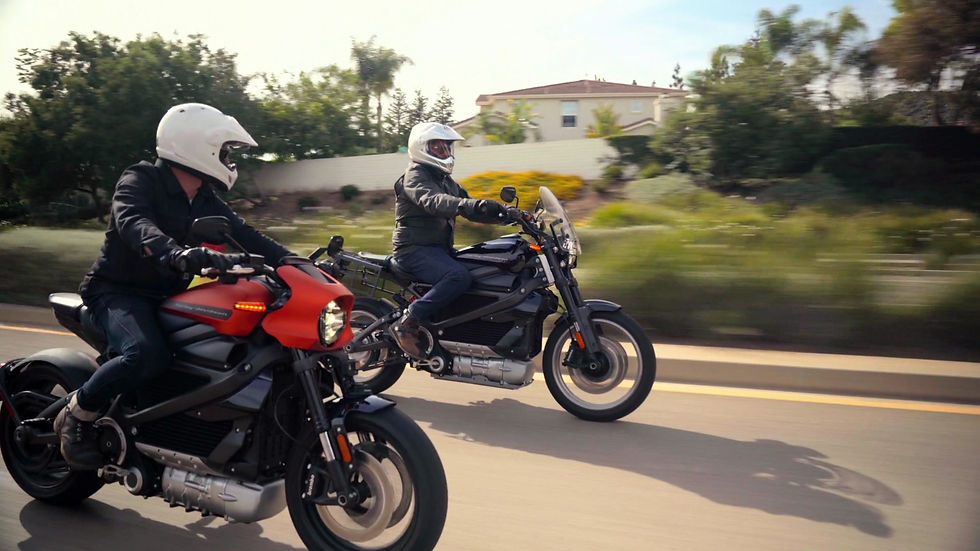
Next, there are so many geopolitical issues in play that simply weren’t an issue 15 years ago. There’s domestic and international terrorism, border disputes, widespread violence and so many security issues. This is aside from the fact that Ewan McGregor’s star power has grown considerably since 2004, and therefore keeping him and the rest of the crew safe is a much higher priority.
There are even those who complain about the bikes. Certainly, if they used gasoline powered vehicles, they wouldn’t run into the various troubles they ran into along the way. If you look at their goal and their trip as a whole, you could technically say they failed, because they weren’t able to do the trip solely on Electric power. But if you think about it, that was not really in their control, for numerous reasons, chief among which are the vehicles themselves.
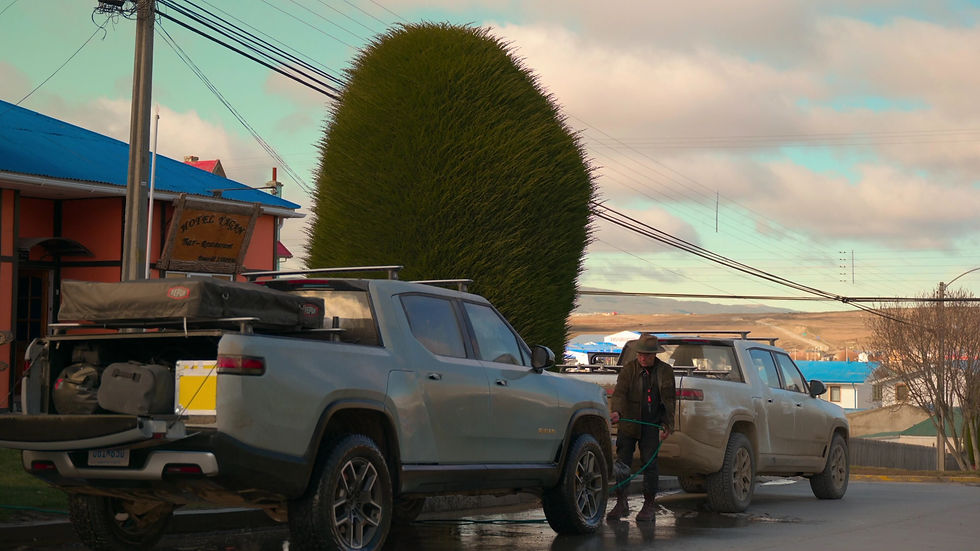
Remember that we mentioned the vehicles they used – Rivian R1T Pickup trucks and Harley Davidson Livewires – were prototypes. Before the journey began, the trucks and the bikes had barely made it off the designing board, let alone ready to go on a 13,000 mile journey through the Americas. Naturally, there would be issues. The most glaring issue here was charging the vehicles, because obviously the infrastructure wouldn’t be there for the journey, unlike the gasoline stations that are already well established.
The last thing that people take issue with is that the team took advantage of the fact that they have the starpower to get the multi-million dollar backing to get teams of engineers to basically follow them throughout the trip, making sure the bikes and the trucks made it through. They complain that the series is no longer as “realistic” as the previous installments.
Well, here’s my answer to the people who complain about the vehicles used, and the apparent runaway budget.
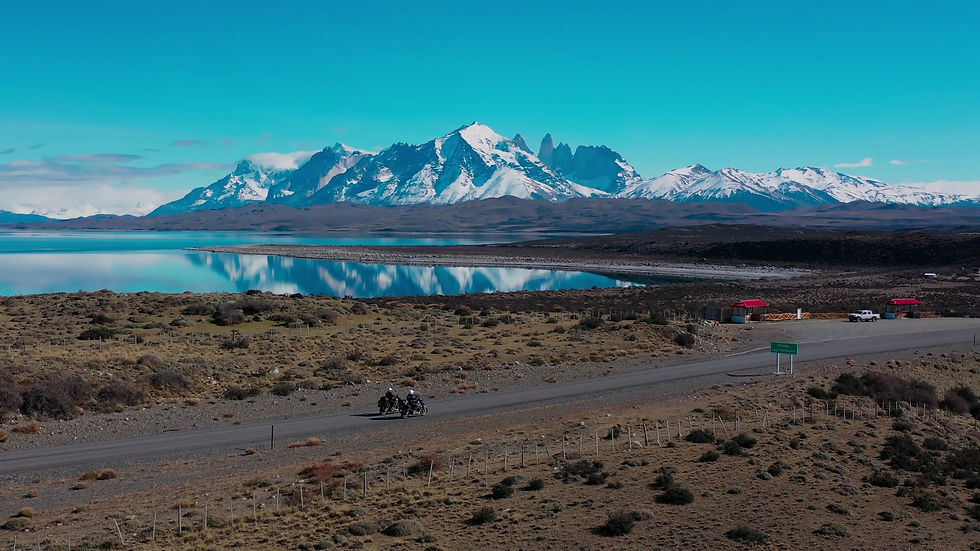
The reason companies like Rivian and Harley Davidson threw their R&D strength behind the idea is because the feedback they received on their bikes and trucks, and seeing the problems that arise from the arduous journey is more valuable than asking some engineers volunteer some free time during weeknights to get this done. You simply cannot buy the kind of experimentation they went through on that trek, and that’s more valuable in the long run than you can put a price on. Every breakage on the bikes, the trucks, or the systems provided valuable information on how to make them even better before they hit the market.
As for the starpower they threw around, wouldn’t you say they earned it? They worked extremely hard to put together their first two installments, and they were smash hits that people still talk about 15 years on. They deserve to have the backing for the third. I’d honestly be surprised if companies refuse to help when they decide to do a fourth, because the publicity of a series like this is so widespread, and widely viewed.

As for “realism,” it wasn’t too long ago that KTM decided not to support McGregor and Boorman as they set out to circumnavigate the world – claiming the trip was going to fail, and that it wasn’t a “realistic” journey. 15 years later, the BMW R1200GS outsells every other adventure bike, squarely because of the risk BMW took with those two crazy Englishmen. Back then, what they considered "unreal" was just doing the journey altogether, let alone on motorcycles. But now look - journeys like this not only happen frequently, but thanks to the rise of social media, we have regular, everyday people doing the journey, and documenting every minute of it.
So no. It’s not the Long Way Round, or the Long Way Down. It’s much, much more important than that.
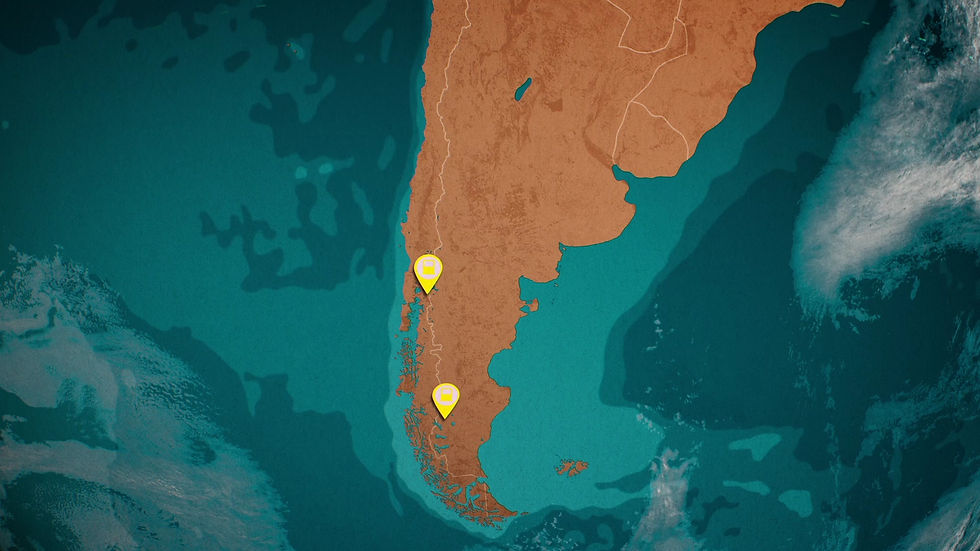
The Long Way Up shows us that electric power can still do rough and tumble, and that given the right infrastructure, electric power is just as reliable, if not more reliable, than gasoline power. It shows us that even as we age, we can still make use of whatever new technology comes our way, and that the only thing stopping us from doing so is our own perception of our limits.
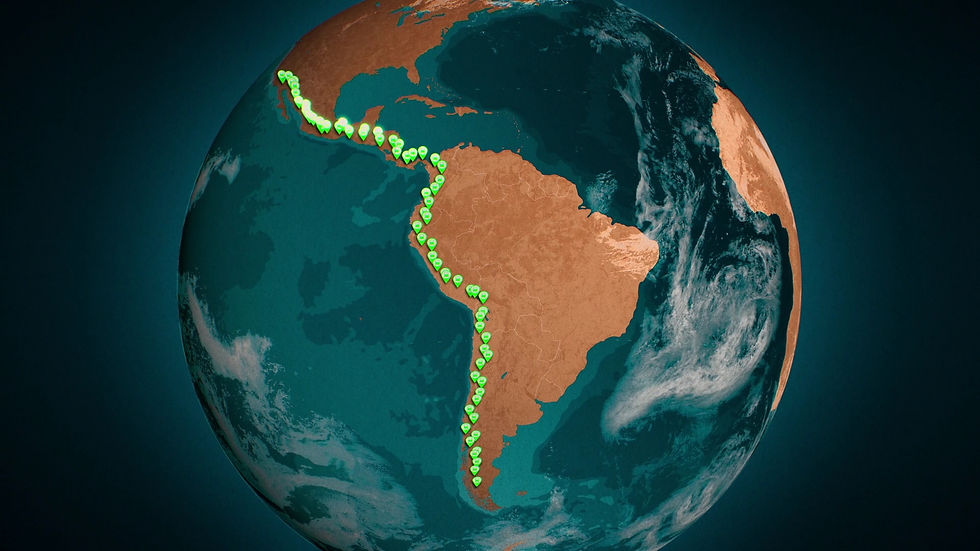
We see limitations where people like McGregor, Boorman, Alexanian, and Malkin see potential, and it’s not because they have the money for it. Even more than that, the legacy the Long Way Up leaves behind is one of changed perception and changed infrastructure. Thanks to the production value, and specifically because of their starpower, Rivian leaves behind an extensive network of charging stations, all along the route they took, making it more accessible to those looking to make the journey using electric power.
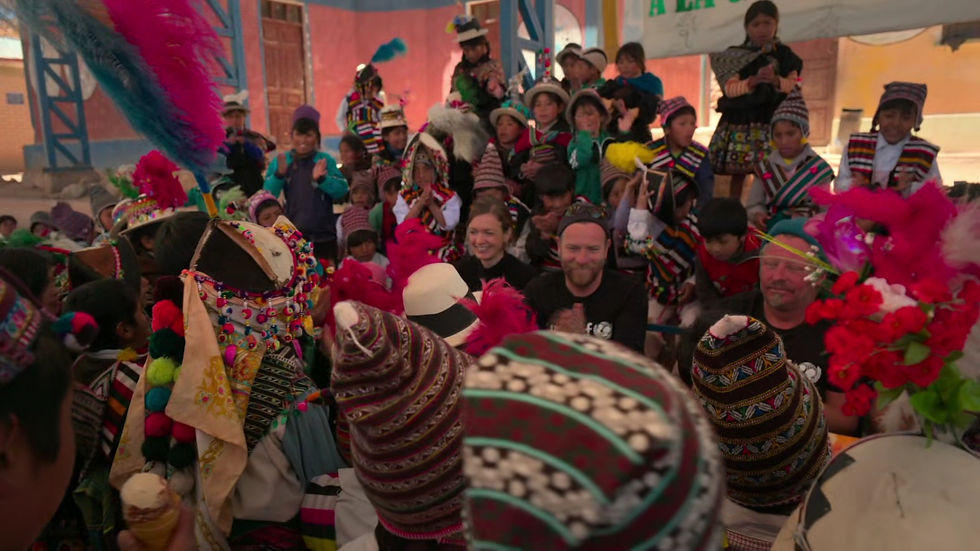
Another part of it that makes it just as important as the first two is that it changes, once again, the perception people have about the countries Ewan and Charley passed through. Just like before, their partnership with UNICEF presents both the good charitable work being done all over the world, or in this case South, and Central America, but also the harsh realities being faced by people who have no voice to give to the international community. Yes, we hear about their troubles on the news, or read about it in articles, but through the series, we come face to face with it.
We see it in the eyes of refugees escaping the economic collapse of Venezuela, or the exposure to gang and cartel violence in Mexico. It’s a reality that isn’t made visible, for whatever reason, but a series like this shows us that it is happening, and that we’ve sort of been immunized from seeing it, somehow.
So, yes. The Long Way Up is definitely not the Long Way Round. It’s not the sequel series people expected. It’s an entirely different series altogether, and it deserves our attention, and our praise.


















































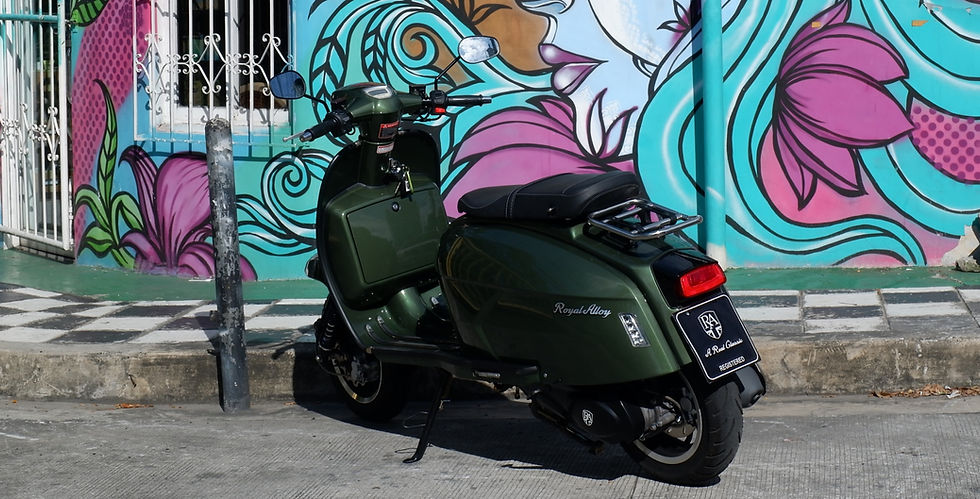
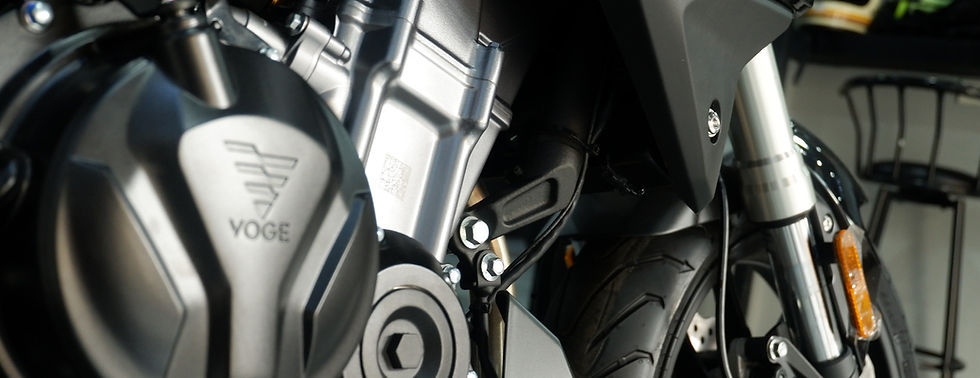
Comments